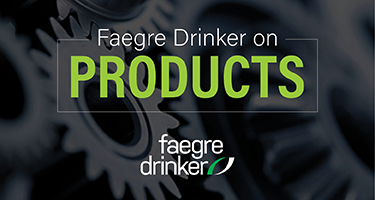On May 20, 2023, the amendments to the Minnesota wrongful death and survival statutes, Minn. Stat. §§ 573.01, 573.02, became effective. This means that duly appointed administrators can now bring claims for “all damages suffered by the decedent resulting from the injury prior to the decedent’s death” – on top of the pecuniary losses that have traditionally been available. While the meaning of the term “all damages” has yet to be fully hashed out, this new change appears to open the door to claims for pre-death personal injuries, pain and suffering, and more.
Traditionally, Minnesota law has not provided compensation for personal injuries following the death of a decedent—including in wrongful death cases. See Holtegaard v. Soo Line R.R. Co., No. A13-2079, 2014 WL 3396871, at *3 (Minn. Ct. App. July 14, 2014). In fact, the applicable jury instructions have specifically excluded amounts “for the pain and suffering” of the decedent before death. CIVJIG 91.75 Wrongful Death, 4A Minn. Prac., Jury Instr. Guides (6th ed.). Instead, Minnesota historically allowed damages only for what courts have interpreted to be pecuniary losses “created by the decedent’s death.” Regie de l’Assurance Auto. du Quebec v. Jensen, 399 N.W.2d 85, 89 (Minn. 1987). These have included the financial losses associated with death (e.g., medical expenses and funeral costs), as well as the loss of advice, comfort, assistance, and protection previously provided by the decedent. Fussner v. Andert, 113 N.W.2d 355, 363 (1961).

